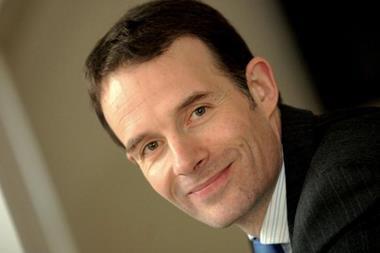Philippe Maso on why a global financial crisis is the perfect opportunity to reflect on how the insurance industry works
The recent events in the global financial services industry are unprecedented. What started as a seemingly isolated problem within the US sub-prime market is now dominating the globe – and every day is full of worrying news. No one is quite sure when it will all end and how many casualties there will be.
Many people question whether the insurance industry is in the same shape as the banking sector. The answer is clearly no; the key difference lying in the respective business models.
Banks have long-term commitments and short-term resources whereas insurers benefit from the inverse cash flow cycle. This makes them cash rich as long as the quality of assets and risk management are preserved – which tends to be the case, although AIG is the noticeable exception. This is why it is and will remain primarily a banking crisis.
The severity of these events – a once-in-a-lifetime circumstance – could not have been foreseen by our industry, but signal the need for radical change as all the players will be working in a very different competitive environment.
This is a good time to reflect on how we operate and to improve our position as an industry. The crisis will test our operating models and offer opportunities for selected players with the right attributes. This is particularly relevant for the big composite insurers as they have the structures and the financial strength that will allow them to weather the storm and provide the reassurance their customers will be looking for. There will be a massive flight to quality.
As a consequence, the dynamic of the general insurance industry will be significantly modified.
On the distribution side, consolidation in the broking world will slow down as cash remains scarce. This will stop the commission slippage that is hammering the value chain.
On the underwriting side, we’ve seen the managing general agency emerge and the work transfer between insurers and distributors develop, adding to the hike in commissions. All of this distorts the equilibrium of the market and the underwriting discipline.
Insurers will regain ownership of that side of the equation as risk management is not only about managing major catastrophes but about discipline in all business. Insurers cannot only carry the can when things go wrong.
On the personal lines front, a much commoditised market is dominated by a few intermediaries and the direct channels. Intermediaries are “farming” claims more and more, which increases the cost of claims to the industry, for the benefit of the few.
The aggregators have transformed the motor market. There will be more alliances in this crowded market, as not everyone can sustain the necessary marketing efforts.
Our industry needs to go back to basics, with a polarisation between manufacturers and distributors. Insurance remains insurance. Manufacturers focus on products to meet customers’ needs, underwrite the risks skilfully, manage the insurance cycle and service claims. Brokers sell the products best and have responsibility for servicing the client at the point of sale with proper advice and counsel.
The growing confusion of the past years have not helped. Our industry has been polarised for decades and we now need to rethink what is in the best medium to long-term interests of the consumers. The current circumstances will help to drive clarity and sense of purpose.



































